Not so long ago, a new fairly running goods appeared in the auto shops - automotive additives. Experts tested the compositions of additives, and found that some funds are not only useless, but are able to apply unrelated damage devices. Therefore, before purchasing such additives, it is necessary to find out which it will be better, and what devices can and it is necessary to use in a particular case. Do not forget that the efficiency of the individual mechanism and the vehicle as a whole depends on the correct choice.
Content
- Motor additives, characteristics and tasks
- Fuel Additives Characteristics and Tasks
- Additives in the gearbox, characteristics and tasks
- Plant additives manufacturer in oil than they differ from additional additives
- The best additives for the engine (characteristics, pros and cons)
- The best additives in fuel (characteristics, pros and cons)
- The best additives in the gearbox (characteristics, pros and cons)
Motor additives, characteristics and tasks
The additive for the engine is a similar lubricant substance that is added to the motor oil to achieve different purposes. By destination, these funds can be divided into several types.
- Antifriction or restoration additives.Their appointment is to restore the inner surface of a power unit having a large mileage. They cover small cracks, which are in the walls of the cylinder, which increase the compression and power of the motor. Also additives help remove the nap and dirt inside the engine.

During the operation of the power unit, any motor oil loses its properties. This is especially intense this happens immediately after changing the oil, especially with the city cycle of movement. Additives compensate for the aging of the elements of the package of dummy oil. They reduce the toxicity of exhaust gases, fuel consumption and reduce friction losses.
Do not believe in reducing fuel consumption for twenty percent. In reality, they save savings within 3-7 percent, which is also a good result. The maximum savings will be under conditions of small loads and when the motor is idling at idle. When rated power mode, such an effect actually disappears. - Additives positively affecting the compression of the engine.For motors with a slight mileage, they are able to equalize compression indicators in all cylinders, and for power units with large mileage - restore compression to 1.0-1.5 bar. Additives smoothed the engine surface surfaces, reducing the size and height of micronether. The explanation is quite simple: the composition of the drugs includes "building material", closeing damaged surfaces.

- Fuel-saving additives.Clean the fuel system of the vehicle from the dirt contained in the fuel. These additives are necessary when there is a decrease in the power of the motor, that is, the car begins to "shy". Apply once in one or two years. There are also additives that need to be added to the benzobac. They are designed to remove condensate and water, which accumulate in the fuel tank.
- Stabilizers oil. Antiskible additives.Stabilize the oil at high temperatures and restore the additive package. Suppress the appearance of nagar on the walls of the combustion chamber, which occurs as a result of wear of the oil-circuit cap and the cylindrophone group. Stabilize the viscosity of lubricant material when heated, which prevents the pressure drop in the lubricant system. These additives reduce the smoke, waste oil and the noise of the operation of the power unit.
Fuel Additives Characteristics and Tasks
Additives are introduced into fuel during the operation of the vehicle in order to improve its properties and remove the formed ingotable and deposits. In retail trade, mixtures are often proposed, packaged in tin cans or plastic bottles with a capacity of 236-473 milliliters. Together with the basic properties, detergent, water-making and octanes, these mixtures have other additional properties, for which they are introduced into their composition:
- StabilizersWhich prevent fuel oxidation during storage.
- Catalysts I.initiatorswhich reduce the nagar formation and intensify the process of burning fuel.
- Anticorrosiveadditiveswhich reduce the damage to the metals, which is caused by the aggressive substances that are contained in combustion and fuel products.
- Friction modifiersforming a film that reduces friction losses and protects the pairs from wear.
- Accommodation additiveswhich accelerate the acquisition of the driving elements of the motor after repair.
- Starting additiveswhich improve fuel flammability, as they have good evaporation.
Additives in the gearbox, characteristics and tasks
Additives in the gearbox give the opportunity:
- Compensate the gaps that arise as a result of a strong work out.
- Extend the service life of the PPC elements, further reduce the force of friction.
- Create protection against corrosion.
- Reduce the effect of high temperatures and temperature drops for metal.
- Protect from oxidation oil.
Each additive has its own positive and negative sides. Some create insufficiently reliable protection, others do not affect the temperature regimen of the CAT, and the third initially increase the quality of the node function, after which it increases its production. Therefore, it is necessary to know how different types of additives act and how to use them.
There are six types of additives for PPC:
- Melting. It is possible to clean the elements from pollution and destroy the accumulated flare.
- Antiques. Increase the oil foaming temperature.
- Viscous. Change the temperature viscosity of the oil.
- Antifriction. Eliminate either prevent a detrimental effect of friction between elements.
- Antioxidative. Slow the process of aging oil and warn its oxidation. Prevent the appearance of an air layer between metal and oil.
- Anticorrosive. Warning the appearance of rust.
Plant additives manufacturer in oil than they differ from additional additives
Let's start with the fact that the oil (transmission, motor and so on) is designed to lubricate all moving elements covering them with a special protective film that reduces friction and wear. Oil cools moving elements, protects them from corrosion, sediments and dirt. All modern oils include basic oils and additives. That is, in the oil that you acquire in the store, additives are already present. Base + additives \u003d oil. The base is the base of oil (synthetic, mineral).
Additives are added to the base oil to improve its properties (energy-saving, detergents, anti-corrosion, viscous, antioxidant, antisolio-resistant, and so on) and obtaining the desired oil (diesel, engine, summer, and so on). The influence of these additives is aimed at creating the required properties and consumer quality oils. Such additives affect oil throughout its service life and do not affect the surface of moving elements. Over time, this set of additives is able to lose its properties as a result of various influences, such as oxidation, high temperatures and so on. The oil is old and you change it to a new one, in which there are also additives.
Additional supplements to the oil are also called additives, however, they are not like that because they do not change the properties of the oil. They have completely different tasks, namely: the impact on the surface of friction of rubbing elements. If you get into the friction zone, these additives perform a change in the parts themselves - the condition and size of the surfaces changes, cracks and jackets are filled in the contact area of \u200b\u200bmoving parts. They reduce friction and restore the initial profile of the surfaces of the rubbing elements. As you can see, the difference between them is huge.
The best additives for the engine (characteristics, pros and cons)
1st place - «ER "
This additive is very common in Japan among owners of companies that are traded by second-hand cars. She was investigated in AvtoVAZ laboratory, where its high efficiency was confirmed. The additive is "metal conditioner", reducing the friction of steel elements. In the stated properties - a decrease in fuel consumption, torque growth, increasing the power of the motor. From user reviews, in many cases for old ER cars becomes salvation. The time periods between the replacements of the lubricant are significantly increasing, the operation of the motor becomes much quieter. The additive is poured into the oil during each replacement. There is no need to pour it just into the engine, the effect will not give it.
Advantages: low cost, oil savings, reduction of fuel consumption, increasing torque, increase the power of the motor.
disadvantages: It is effective not for all cars.
2nd place - «LIQUI MOLY CERATEC »
This additive is specifically created in order to increase the wear resistance of metal parts of the engine. It includes particles of microcramber and molybdenia-organic complex. Liqui Molly Ceratec provides the super low friction coefficient, smoothing micronether in the engine cavity. Poured into the oil and has a long-term action. The antifriction film appears on the steel surface is maintained within a minimum of 50 thousand km. Run. As a result, the engine resource increases, the oil and fuel consumption decreases, and the noise from the robots is significantly reduced. Cost, of course, is not the lowest, but it corresponds to the quality.
Advantages: Long-term action, increasing the resource of the motor, saving oil, reducing fuel consumption.
disadvantages: Higher cost enough, you need to carefully follow the recommendations for use.
3rd place - "Suprek-Universal 100"
This additive is specially created for motors of small cargo and passenger cars with mileage from 200 thousand km (engines must be an informed volume of 1.7-2.4 liters. The engine processing is performed in several steps, and their number varies depending on the type of motor. In most cases, the additive reduces "Unhealthy" engine speed at idle, and also reduces oil and fuel consumption. In the motor vehicles that work on gas increases the durability of the fuel system.
Advantages: Increase the wear resistance of the fuel system, oil savings, reduced fuel consumption, stabilization of the worn motor.
disadvantages: Higher cost enough, the need to accurately comply with the frequency of processing the motor.
4th place - "OIL-VERLUST-STOP"
First of all, this additive is relevant to car owners who have problems with the oil pipeline. Oil-Verlust-Stop prevents oil leakage, as well as restores the elasticity of plastic and rubber gaskets, the glands. In addition, the oil consumption on the guide valves and oil surgical rings is reduced. Smoke from the exhaust pipe ceases to be SIZ, and the noise during the operation of the motor is significantly reduced. Also, the additive contributes to the recovery of compression. Used for all diesel and gasoline engines, as well as all standard motor oils.
Advantages: Low cost, noise reduction when engine operation, improving the oil-conductive system, effectively eliminating oil leaks on gaskets and seals.
disadvantages: Not on all the oils of the oil pipeline.
The best additives in fuel (characteristics, pros and cons)
1st place - "Castrol TDA"
Multifunctional and complex additive in diesel fuel. Significantly slows down the corrosion processes, reduces oxidation, increases the lubricating properties of the fuel, suppresses the negative effect of sulfur compounds on the elements of the fuel system. At the same time, it does not change the density and viscosity of the diesel. The best results show in winter, although it is considered all-season.
Advantages: Increases the lubricating properties of fuel, prevents oxidation and corrosion, does not affect the fuel viscosity, optimizes the process of starting the motor (especially in winter).
disadvantages: In warm times, the results are less noticeable.
2nd place - "LIQUI MOLY SPEED TEC"
Additive to gasoline. Significantly increases power and increases torque of any four- and two-stroke gasoline engines. It is harmless to the engine due to the lack of metal-containing elements. Quickly acts, modifying fuel, which increases the efficiency of gasoline combustion. As a result, the power of the engine is growing and its pickup increases. This additive can also be used as the protection of the fuel system from corrosion in conditions of long standing of the vehicle.
Advantages: Cleans the intake system, does not affect the octane number of fuel, improves the driving quality, there are no metallo-organic connections.
disadvantages: When applying a really high-quality 95th gasoline has a low effect, since the additive is intended for use with mid-quality fuel.
3rd place - "Xado Verylube Gasoline Euro +"
The additive is specifically created to ensure the stability of the motor operation even with low-quality gasoline. Protects the fuel system from corrosion and comprehensively cleans it. It also protects the injection system. After applying this additive, the motor even at a very old car will work more steadily at idle, it will increase the energy estimation of fuel and will reduce gasoline consumption.
Advantages: Safety for lambda probes and catalysts, compatibility with other additives, simplicity, low cost, fast stabilization of motor operation, corrosion protection, multifunctionality.
disadvantages: mainly effective on machines with mileage from one hundred thousand kilometers.
The best additives in the gearbox (characteristics, pros and cons)
1st place - " Liqui Moly GearProtect »
Nesh, however, an effective additive in the manual transmission. Its action is based on reducing the friction of the synthed transmission aggregates. It provides easy gear shifting and increases the efficiency of each of them. Specifies a long time - up to one hundred thousand km. Run. To achieve the desired effect, it is desirable to add it during each transmission oil change.
Advantages: Increases the efficiency of the transmission, valid for a long time, reduces the noise in the gearbox, gently protects the aggregates from wear.
disadvantages: You cannot use for automatic transmission, high friction and clutch differentials, which are in a common oil bath, high cost.
2nd place - " RVS MASTER TRANSMISSION TR5 "
Repair and recovery composition, modifying the friction process to eliminate wear of the working surfaces of the CAT. Does not change oil consistency, designed to restore and prevent automatic transmission.
Advantages: Easy to use, clearer and easy gear shifting, increasing the gearbox resource, reducing the level of vibration and noise, restoring geometry of transmission elements.
Disadvantages: high price.
3rd place - "FORUM"
Additive for manual gearboxes and gearboxes, which allows several times to improve the service life of the mechanisms, increasing the interremary mileage four times. At the same time, the power of the motor increases and the fuel and oil consumption decreases. It significantly reduces the vibration, prevents corrosion and greatly reduces the friction coefficient. Most effective for cars, which are often experiencing critical overload.
Advantages: low cost, corrosion protection, reducing fuel and oil consumption, improve gear shift, reduce component wear.
disadvantages: In not extreme conditions of use, the effect is minozhetane.
Related Materials
- Stove 2110, bad warm stove 2110, VAZ 2110 heating system, repairing the heating system VAZ 2110 with their own hands
- VAZ 2114 stove blows with cold air, stove 2114, bad warm stove VAZ 2114, device and repair of heating VAZ 2114 do-it-yourself, removing the stove VAZ 2114
- How to subdominize the car. How to put a jack. Types of jacks for cars.
- VAZ 2109 Fuse Block, VAZ 2109 Fuse Block Carburetor, VAZ 2109 Fuse Block Injector, Old VAZ 2109 Fuse Block, VAZ 2109 Fuse Block, VAZ Fuse Block 2109
- Car exhaust gas catalyst, faulty catalyst, pluses and cons of the catalyst, how to change the catalyst for the planeencitel
- Stove blowing cold air VAZ 2114, badly blowing the stove VAZ 2114, why badly blowing the stove VAZ 2114
- How to find out the owner of the car by the number of his car, check the car by the number of the traffic police machine, check the car by the state number of the car for free
- How to choose Used tires, Useful Tips
- Winter car road, pressure in passenger car tires in winter, good battery for the car in winter, whether to warm the car in winter
- In winter, the car is poorly started. How to make a car in winter, do you need to warm up the car in winter, useful tips
- Economy fuel consumption machines, the most economical car consumption
- Tires brands for passenger cars, labeling of car tire labeling, residual passenger car tire protector, how to pick a tire on a car brand, car tire tread pattern
- Working transmission operation, mechanical gearbox clutch work, driving with manual gearbox, useful tips
- Rear beam Peugeot 206 sedan, rear beam device Peugeot 206. Rear beam Peugeot 206 Malfunction, repair of the rear beam Peugeot 206
- Diesel fuel in winter, additive for diesel fuel in winter, how to choose the best diesel fuel
- Diesel winter does not start. How to start diesel in winter, heating diesel in winter.
- Japanese bridgestone tires, winter studded bridgestone tires, bridgestone tires brand
- Tire marking decoding for passenger cars, labeling wheels, how to choose the right tires on the disks
- Diesel engine in winter, launch of the diesel engine in winter, what oil to fill in a diesel engine in winter, useful tips
- LED backlight of the car, the backlight of the bottom of the car, the backlight of the legs in the car, the backlight in the door of the car, the backlight of the car is fine
- Recovered tires, bus tire, restored tire protector, can I use them
- Choose winter tires, which is a winter tires, which pressure in winter tires should be marked with winter tires, how to choose the right winter tires, the best winter tires 2019
- Steering rail rail, knock of steering rack, reasons for the knock and repair of the steering rack do it yourself
- Cameless car tires, a set for repair of tubeless tires, repair of the cannon-free tire do it yourself
- Russian tires, Russian tires Winter, Russian All-season tires, Voronezh AMTEL tires, Tires "Matador Omsk Tire", Kama-tires are world-class bus
- How to open a car without a key. Lost the key from the car what to do, the key from the car inside the car
- Silent tires, quiet winter tires, quiet studded bus, which tires to choose, overview tires
- Tires and safety, safety of the bus, why it is necessary to constantly monitor car tires
- Rules of safe driving of the car in the rain and slush, safe driving of the car for beginners
- Rust converter which is better for cars, rust converters to choose how to use rust transducer, professionals
- Polishing the body of the car do it yourself, how to choose a polishing paste, useful tips
- Engine durability, engine life, how to extend engine life
- Knock in the car. Knock when moving a car. What can knock in the car. How to determine the cause of the knock.
- ABS car, what is ABS car, ABS system malfunction, ABS diagnostics
- Overtaking a car when you can start overtaking a car, rules of traffic rules
- Fuel pump VAZ 2110, VAZ 2110 gas station scheme, VAZ 2110 fuel pump device, VAZ 2110 gas station repair,
- Automotive antennas for radio, automotive antenna device, car antenna do it yourself
- Front suspension Kalina, device front suspension Kalina, knock in front suspension Kalina, repair of front suspension Kalina
- Shock absorber Oil, best oil shock absorbers, pumping oil shock absorbers, how to properly pump oil shock absorber
- Clutch malfunctions, touches clutch, causes a clutch malfunction, how to eliminate
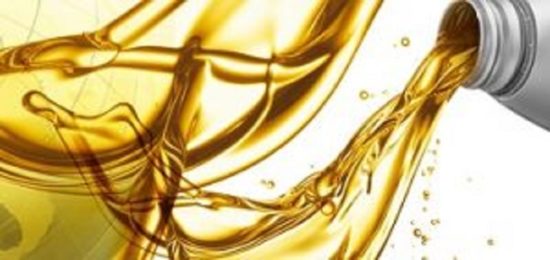








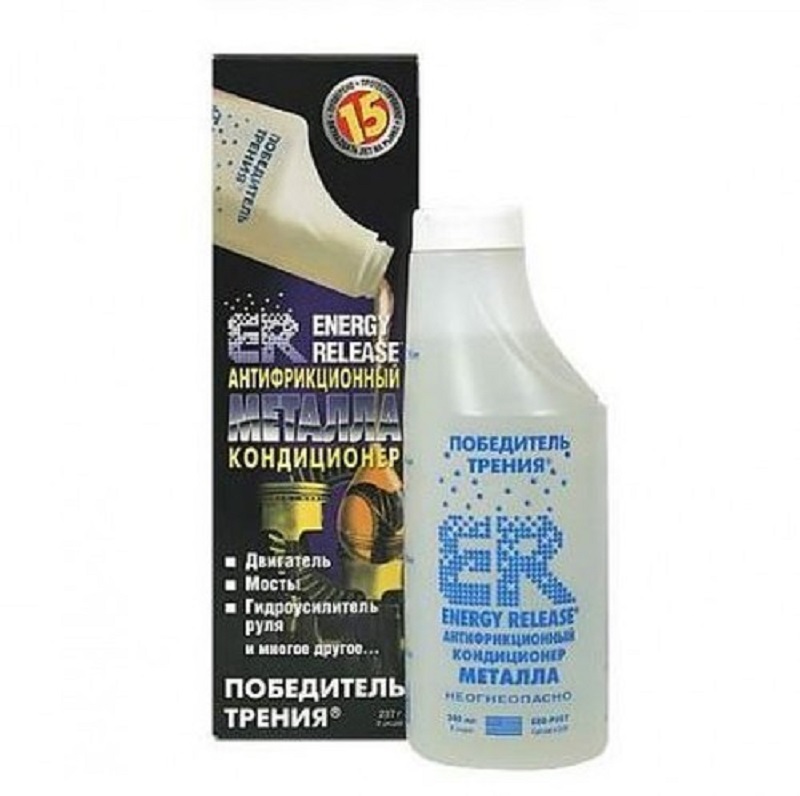
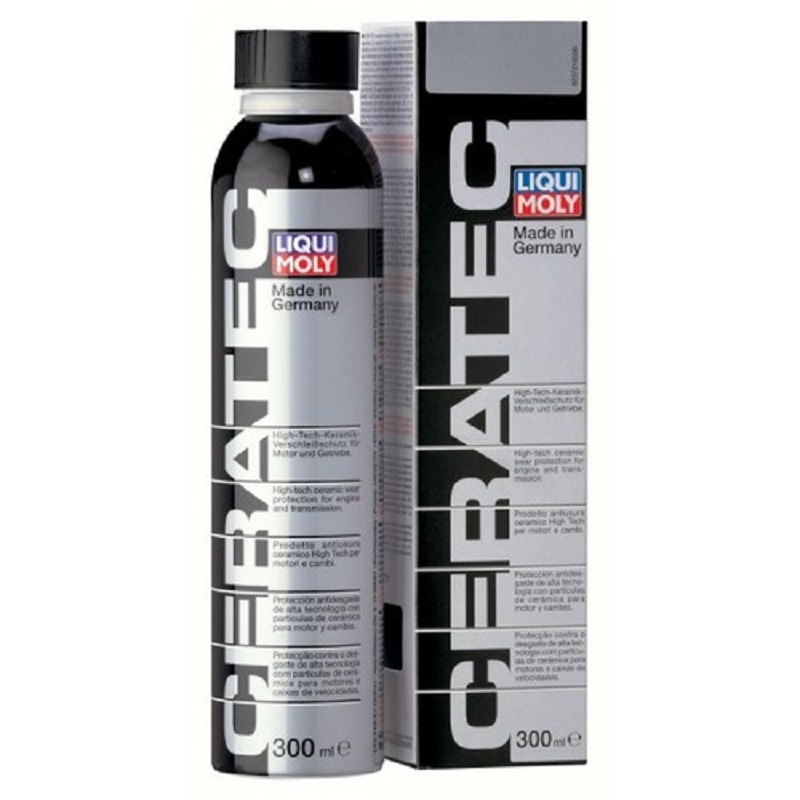

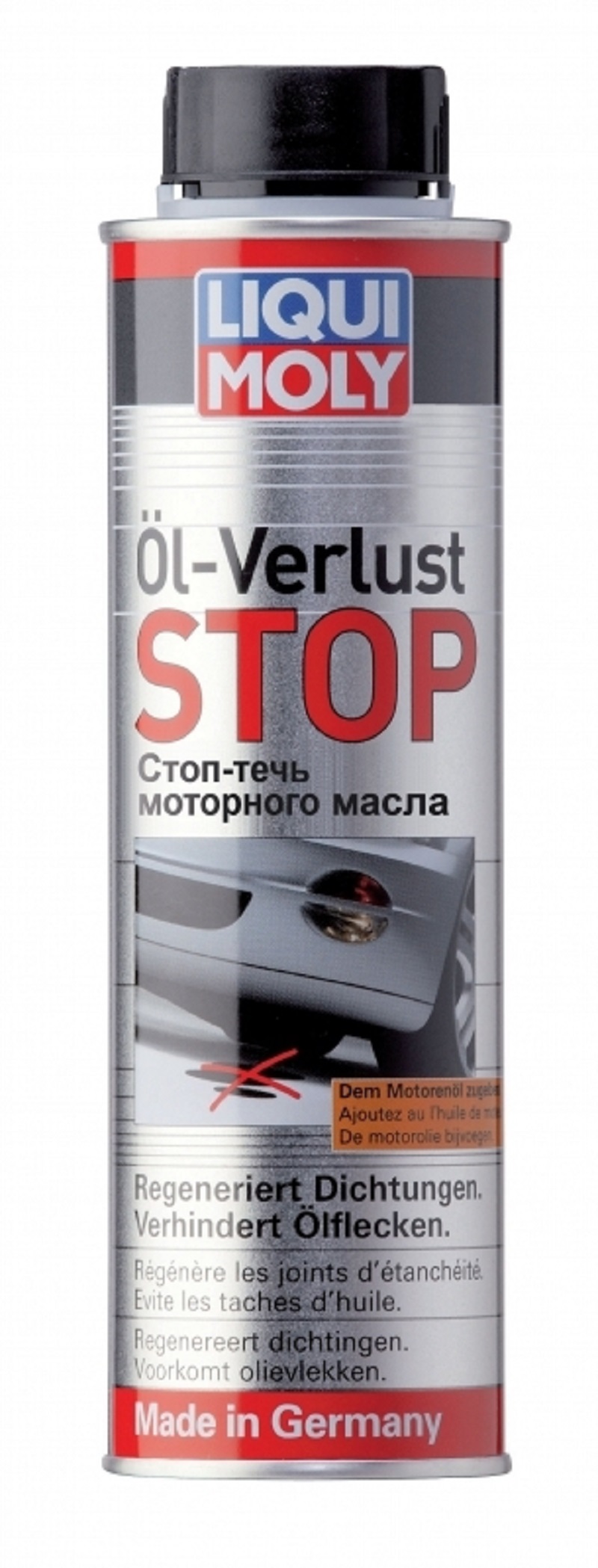
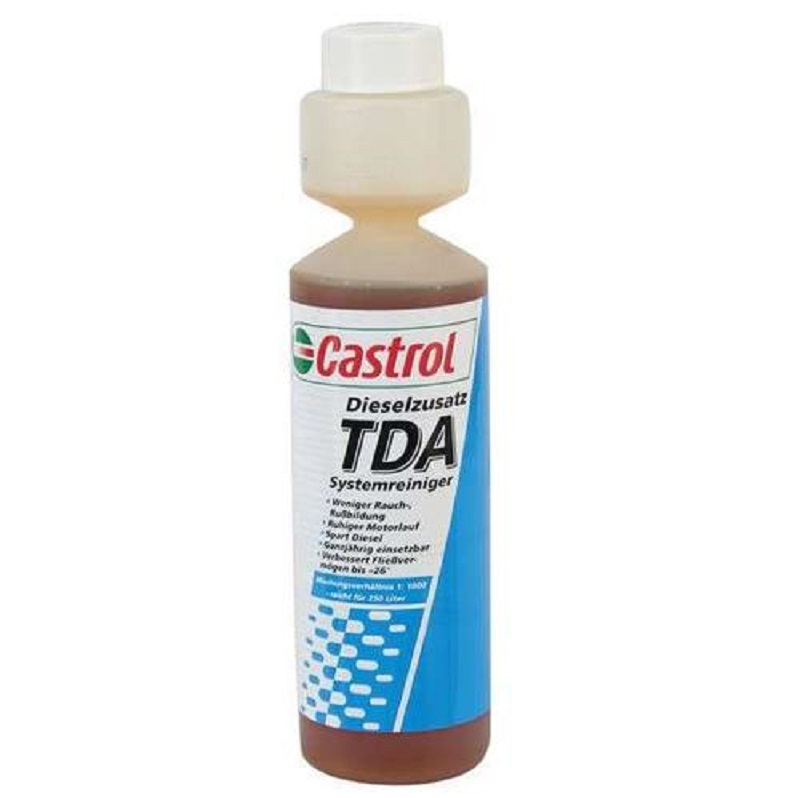


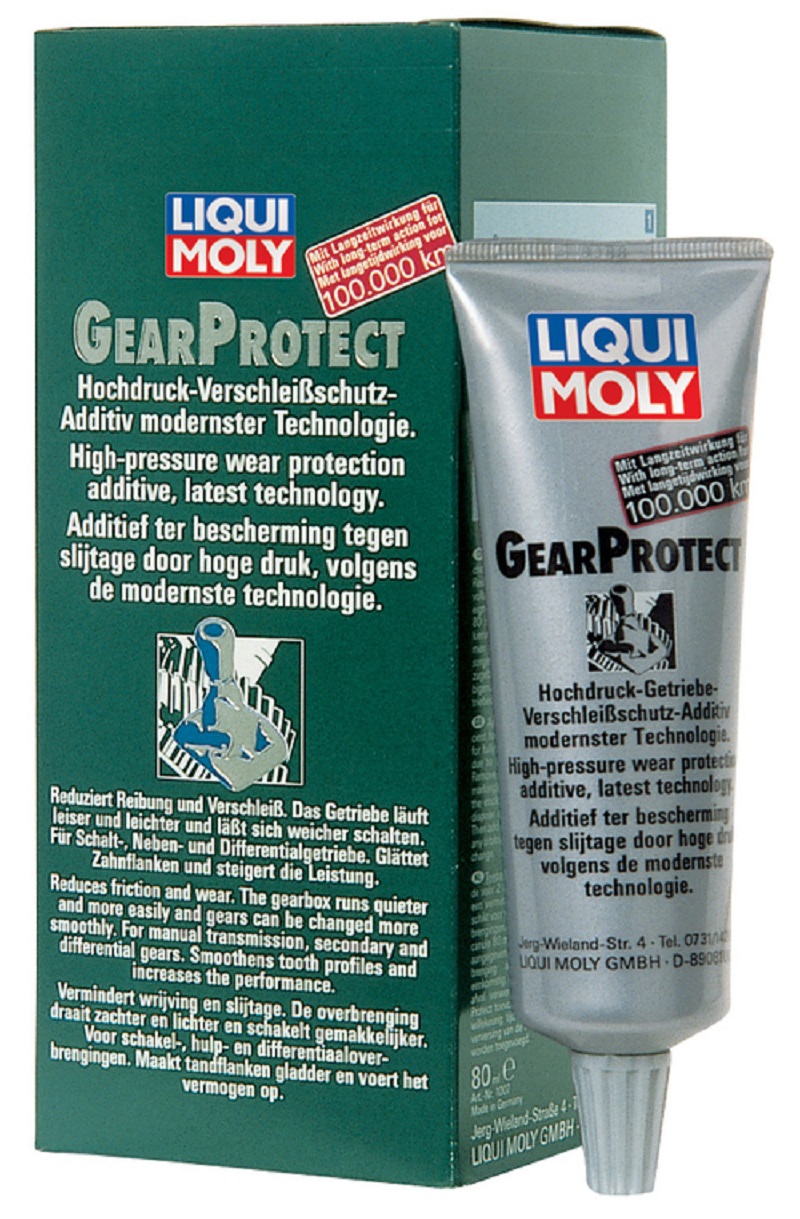
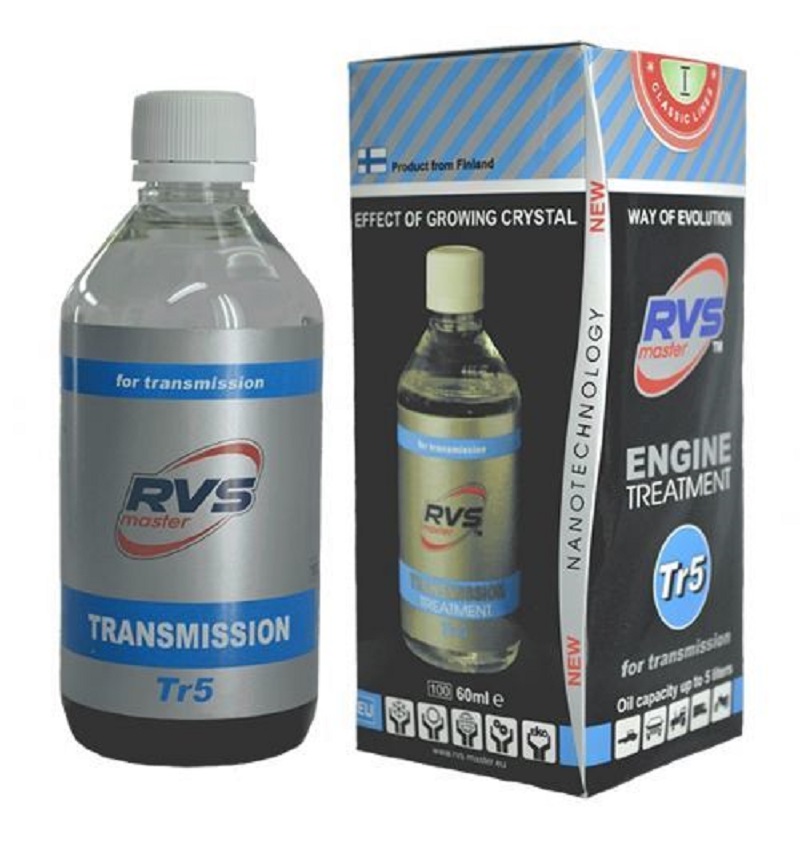
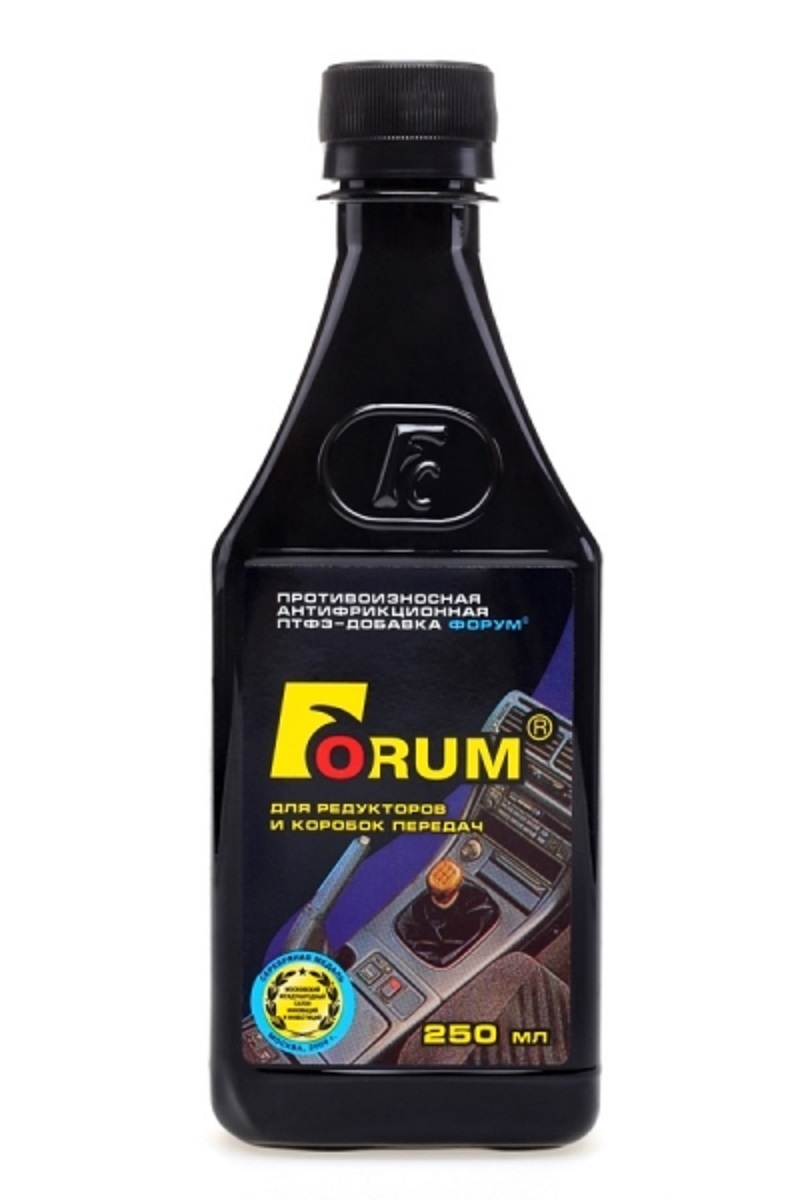
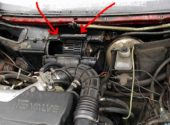

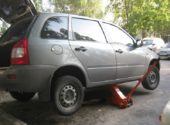

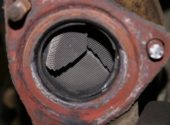
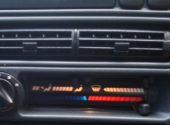
Comments